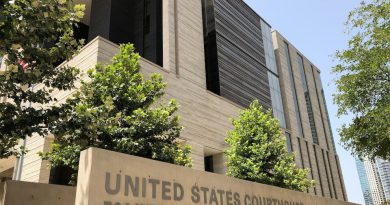Gold Climbs Over 1% as Investors Turn Cautious Ahead of Key U.S. Economic Data
Gold gains over 1% as investors shift toward safer assets ahead of key U.S. economic data, with markets watching Federal Reserve minutes and a delayed jobs report for signals on future interest-rate direction.
Gold prices advanced strongly on Wednesday as investors shifted toward safer assets ahead of important U.S. economic indicators, with market participants closely watching central bank signals and upcoming labor data to gauge the direction of global monetary policy in the weeks ahead.
Spot gold moved more than 1% higher during the session as traders positioned themselves cautiously before the release of the Federal Reserve’s meeting minutes and a delayed U.S. jobs report, both of which are expected to influence expectations surrounding future interest-rate decisions.
The metal traded at levels above $4,115 per ounce, showing resilience after recently holding firm near the psychologically important $4,000 mark, a price that has served as a steady anchor for gold during periods of wider market uncertainty across global regions.
Analysts noted that gold strengthened as investors reassessed risk across currencies, commodities, and equities, with many opting to protect portfolios as concerns surrounding economic stability, employment trends, and fiscal pressures in major economies continue to shape global sentiment.
Market experts observed that the cautious tone was amplified by the delay in the U.S. employment report caused by the government shutdown, a factor that has heightened interest in upcoming labor numbers that could influence how aggressively policymakers respond in the months ahead.
Economists expect the delayed payroll report to reflect moderate job creation, though uncertainty remains over the extent to which employment trends may have shifted during the data lag, thereby increasing the importance of the upcoming release for traders and institutions.
Gold market observers stated that softer U.S. economic data could rekindle expectations for rate cuts, a scenario that typically supports the non-yielding asset by reducing the opportunity cost of holding safe-haven metals, reinforcing gold’s appeal during periods of financial strain.
Conversely, any indication of stronger labor performance or signs of persistent inflationary pressure could renew speculation that interest rates may remain elevated, a factor that historically weighs on precious metals by strengthening yields and reducing demand for hedging assets.
In parallel to the movement in gold, new data showed that the number of Americans receiving unemployment benefits rose to a two-month high during mid-October, adding to the ongoing debate over the health of the labor market and whether softness is beginning to emerge across sectors.
Traders also adjusted their expectations for near-term rate cuts, with the probability of a reduction next month declining compared with last week’s projections, reflecting evolving sentiment as markets interpret economic reports and central-bank commentary with heightened caution.
Analysts suggested that gold’s upward momentum is likely to persist if market data continues to reveal weakening hiring conditions, subdued wage growth, or broader economic pressure, all of which tend to increase demand for safe-haven investments worldwide.
However, they warned that any unexpected strength in employment numbers or assertive remarks from policymakers could trigger a pullback in gold prices, especially if investors reassess expectations and rotate capital toward higher-yielding opportunities in other asset classes.
Alongside gold’s rise, silver prices gained more than 3% to trade above $52 per ounce, while platinum and palladium also advanced, reflecting broader optimism across precious metals and the influence of shifting market dynamics on industrial-linked commodities.
Market participants continue to monitor global demand trends, geopolitical developments, and currency movements, all of which play significant roles in shaping gold’s path as investors prepare for a period of potentially heightened volatility in the final months of the year.

